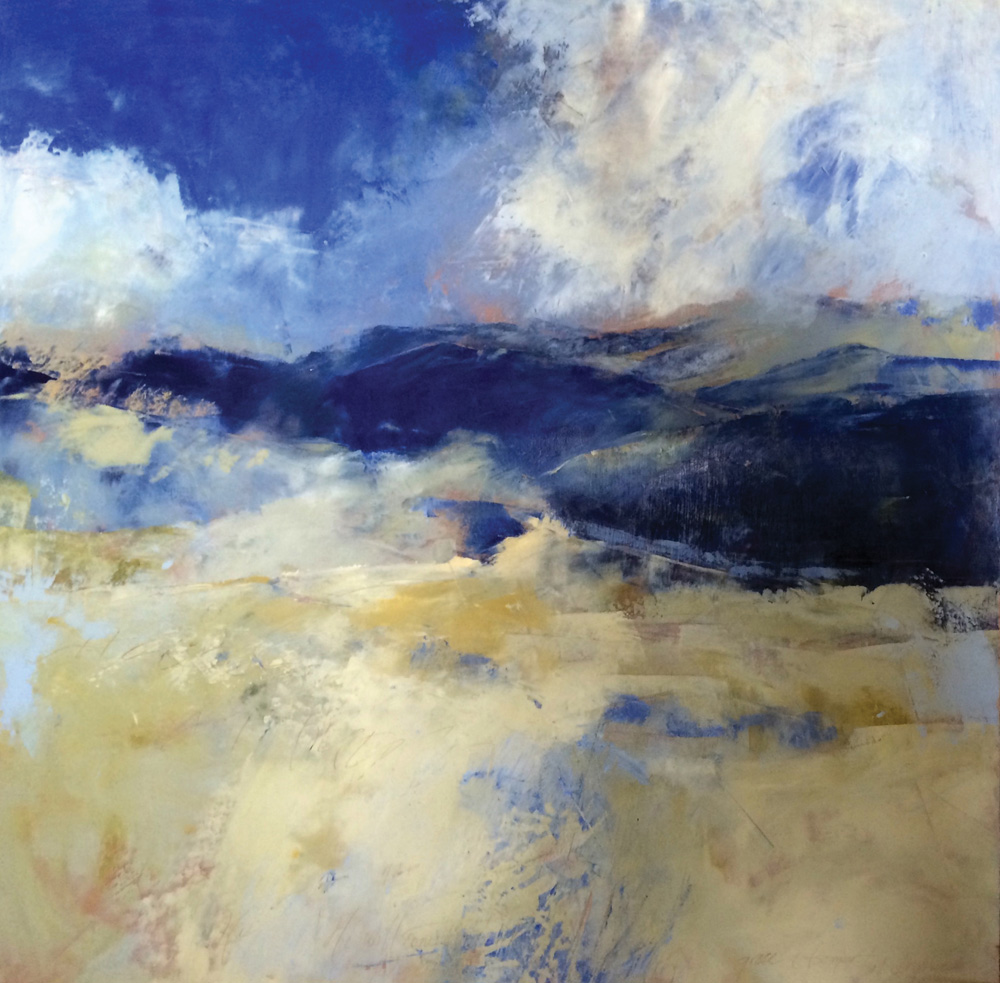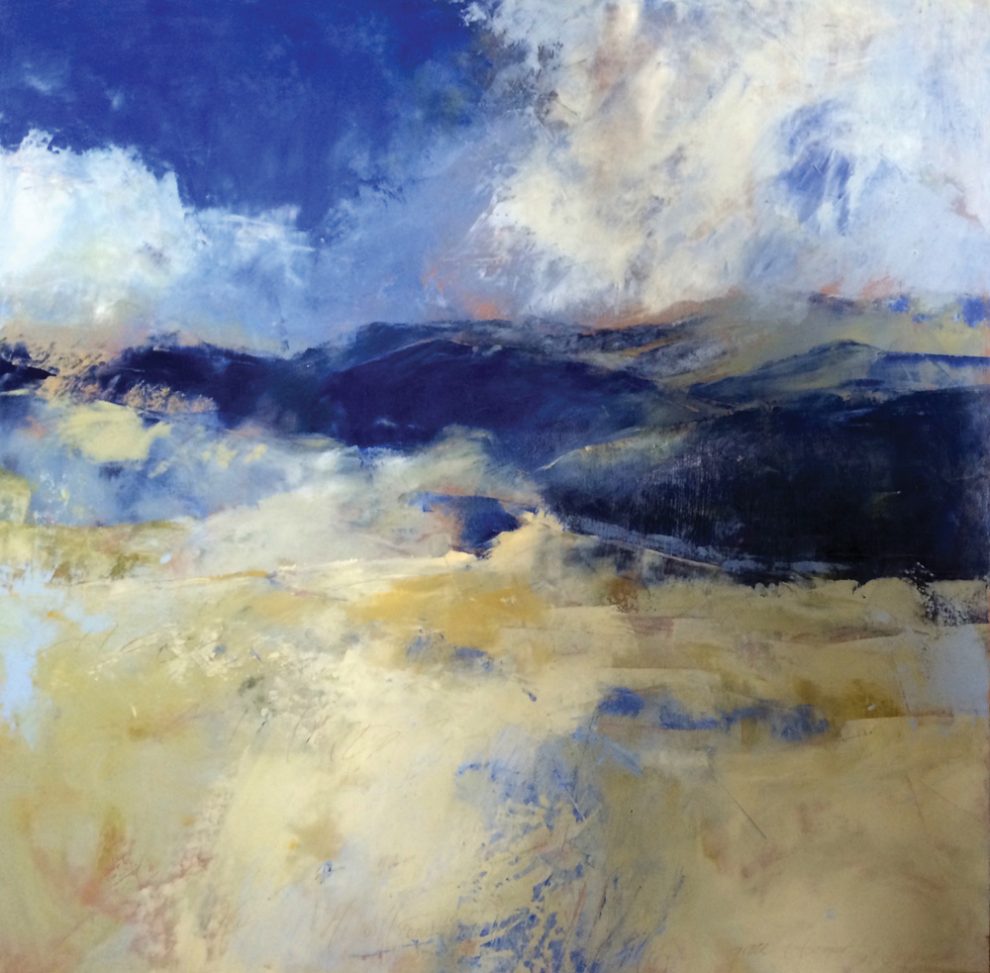Images are powerful. What we see shapes us. We live in an ever-increasing visual culture where we are constantly saturated with images. It is all too easy to become desensitized, complacent, pessimistic, and even cynical because of what we see. After all, we see so many images that are upsetting. Seeing can sometimes stir in us a trend toward negativity. However, seeing can also have a transformative effect for the good.
The gospel reading of this third Sunday of Advent conveys John the Baptist’s question to Jesus, “Are you the Christ?” and Jesus’ marvelous response, “What do you hear and what do you see?” In fact, the feast days leading up to this Gaudete Sunday highlight numerous beautiful transformative moments brought about by seeing.
For the feast of the Immaculate Conception, it was Mary’s vision of Gabriel and the unanticipated joy of the incarnation. With the image of Our Lady of Guadalupe comes a validation of cultural identity and a unification of diverse peoples. We see the revelation of the kingdom of God in word and action in Jesus’ response to John the Baptist.

Appalachian Rhapsody in Blues/”He Will Come to Us Like the Spring Rains,” Grace Carol Bomer, 2015, oil and wax on panel, 48 x 48 in. gracecarolbomer.com.
This week, seeing is equated with unimaginable hope and joy. We are reminded that beauty, goodness, and truth are not the exception in life. Instead, they are the very foundation of reality. This reality is wondrously portrayed in Grace Carol Bomer’s celebratory painting Appalachian Rhapsody in Blues/“He Will Come to Us Like the Spring Rains.”
To see and celebrate God’s beauty and goodness unfolding all around us lies at the heart of Bomer’s ecstatic painting. The “blue rhapsodies,” the joyously expressive brush strokes, the gold and pink dawn herald the one who is to come. Bomer has inscribed upon the canvas the anticipatory words from the prophet Hosea: “Let us know, let us press on to know the Lord; he will come to us like the showers, like the spring rains that water the earth” (Hos. 6:3). Thus, the connection between God’s graciousness and our response is made readily apparent in her painting.
This week we are called to rejoice. More specifically, we are called to rejoice because of an encounter with God. This rejoicing speaks of the wonder of God and the joy of human flourishing. The two go together.
Bomer’s painting is instructive in this regard. As an artist she sees God’s abundant beauty and goodness in creation. She then responds creatively, using her gifts and talents. Her painting is not a mere copy of a natural setting. It is a life-giving dialogue. God created the lovely Appalachian spring rain. Bomer witnessed and rejoiced in it. She then expressed herself in poetic gesture, abstract form, and carefully chosen verse. The painting marks a joyous encounter. May all of our senses be attuned to such a wondrous God who desires the flourishing of all.
This reflection is one of four meditations on various works of art for Advent. The meditations will be collected here as they are published.
These essays are also published in our December 2019 issue of U.S. Catholic (Vol. 84, No. 12, pages 12–17). Click here to subscribe to the magazine.












Add comment